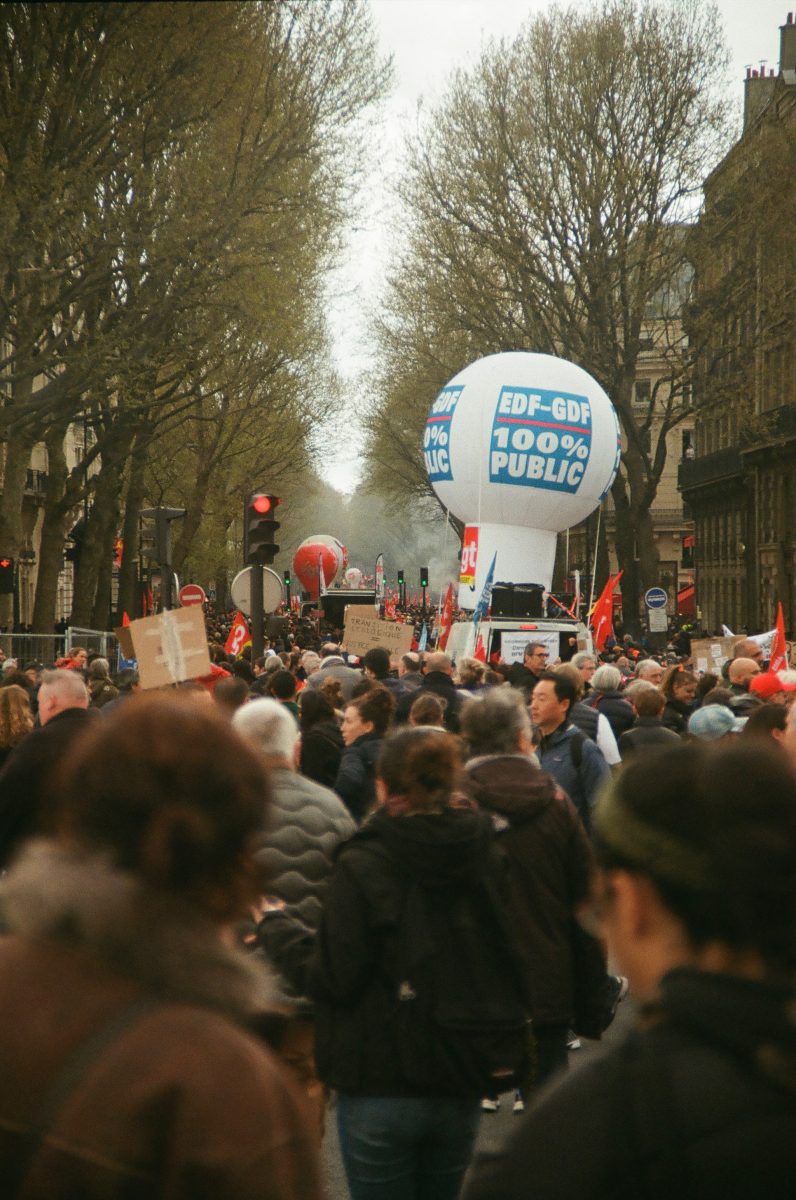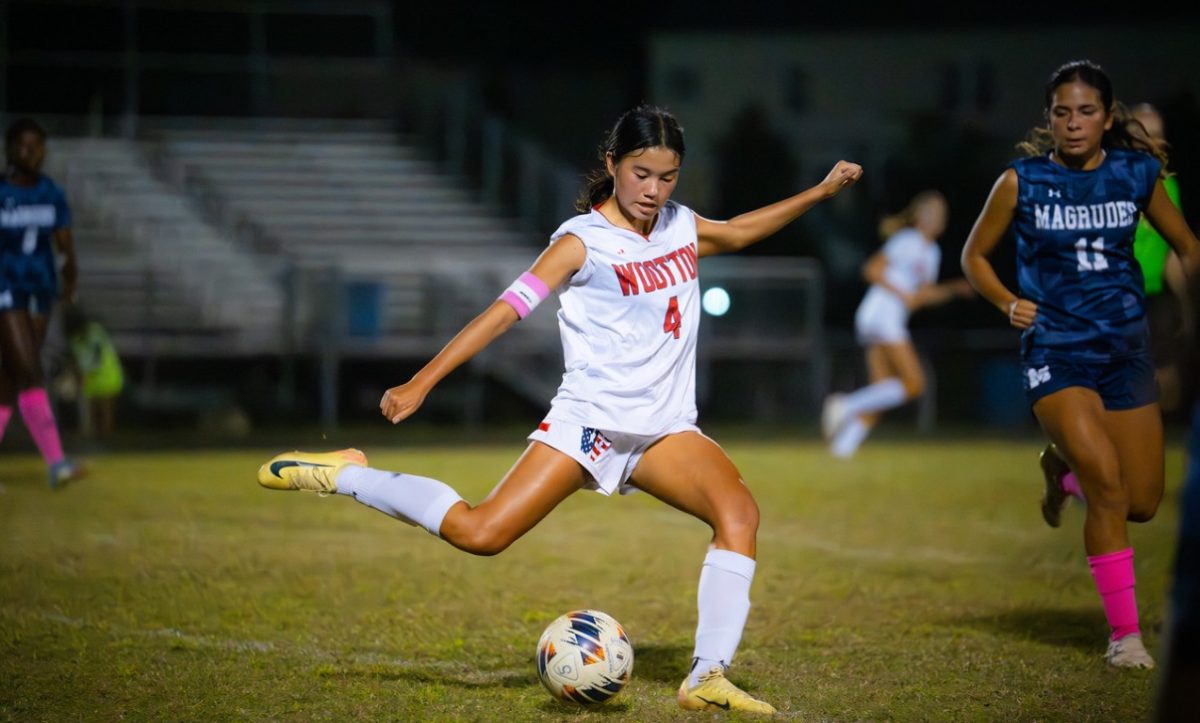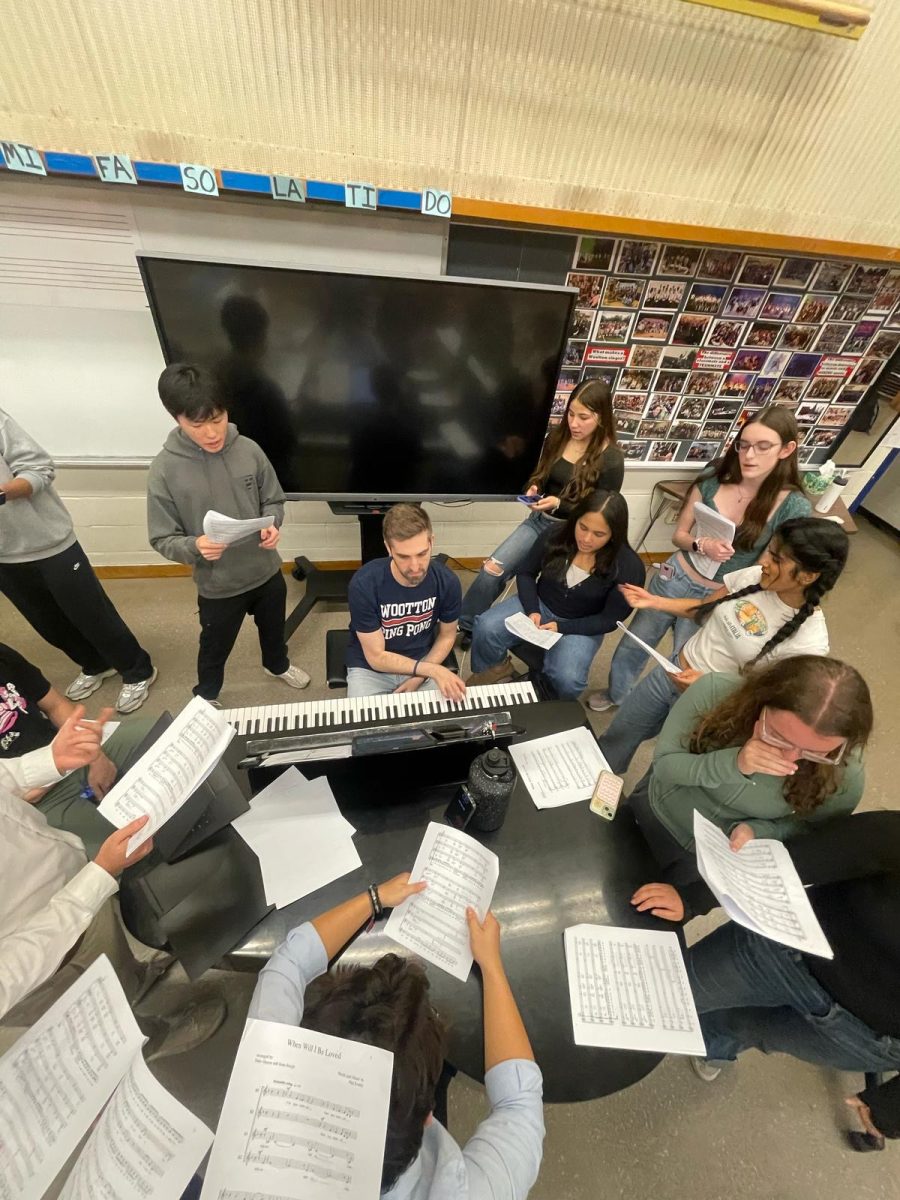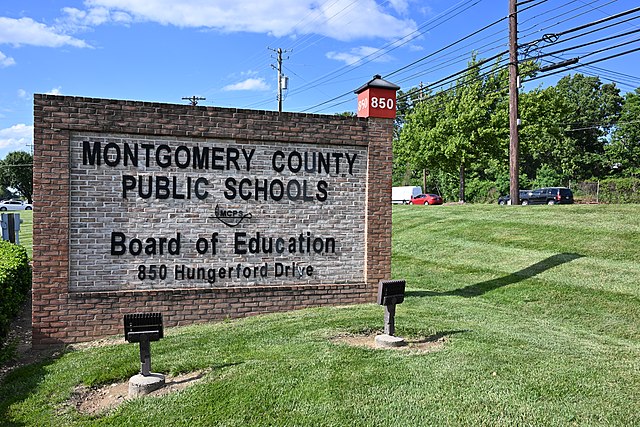The 1st Amendment of the Constitution gives us five important rights: freedom of speech, religion and press, the right to petition, and freedom of assembly, which we also call protesting. Protesting is the expression of disapproval or objection to something. The most powerful social movements all over the world have been driven by protests.
The largest protest in the United States was the Black Lives Matter protests in 2020 with an estimate of 15 to 26 million people, according to the New York Times. The 2017 Women’s March and the March for Our Lives also had over 1 million people attending. However, out of all of these protests, the largest protest in the world was the protest against the Iraq War on Feb. 15, 2003. Between January and April, over 36 million people attended protests against the Iraq War, according to an estimate made by French academic Dominique Reynié.
Protesting is a great way for students to get involved in social justice. Senior Kristina Khriman attended a protest in 2021 against the Azerbaijan government and its violence against Armenians. “Our taxes were going to Azerbaijan to buy weapons to attack Armenia. I’m an Armenian American and I really care about my ancestral motherland. I also have a lot of friends and family in Armenia,” Khirman said.
There are many different types of protests. You don’t have to go out on the streets to attend protests. Other examples of protests include sit-ins, where you sit in an area to protest something, petitions, boycotts and walk-outs.
Protests allow people to express their opinions in a way that grabs the attention of politicians. “People should go out and protest in order to raise awareness, show solidarity, and attempt to make change,” junior Artin Noori said.
But does protesting actually make an impact on our government? Protesting brings awareness to important issues but in order to actually create change, taking action in your local communities is the best way to initiate that change. “It only makes a difference if the protest has a huge turnout because otherwise they’re not as noticed,” Khirman said.
When you decide to go out and protest, you’re surrounded by people who care about the same issue as you. “Protesting builds community and it shows that people care enough about the issue to actually go out for it,” junior Daniella Riba said.
Although protesting is a great experience, it is important to know your rights and what you are or are not allowed to do and how to stay safe. When you are protesting, you have the right to protest on any public property. Counter-protesters are also allowed to protest near you. A counterprotest is a protest that takes place because of an ideologically-opposite protest.
If you have ever been to a protest, you will usually see local police there to make sure everyone is staying safe and following the law. However, over the past few years, police have arrested and violently engaged with peaceful protesters. According to the ACLU, sometimes armed military forces will be deployed at protests where they use military tactics typically seen at war. Police at protests should be de-escalating any possible violence, not escalating it even more.
Protesting is an invaluable way to take action in your community and if you’re willing to speak up, then make sure to search for a local protest for a cause that you care about.









